We know little about how embryonic development in animals evolved from single-celled ancestors, but simple organisms with a multicellular life stage offer intriguing clues.
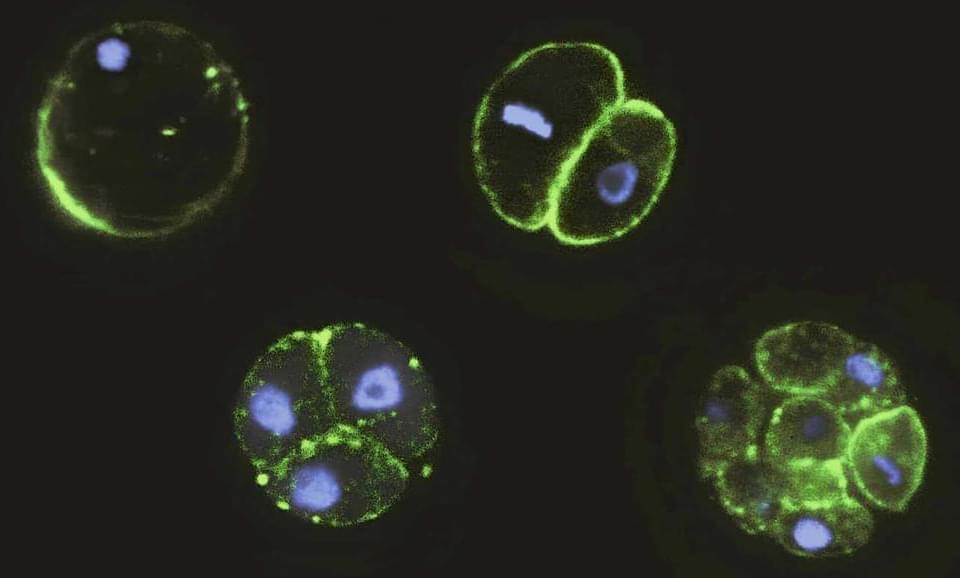

We know little about how embryonic development in animals evolved from single-celled ancestors, but simple organisms with a multicellular life stage offer intriguing clues.
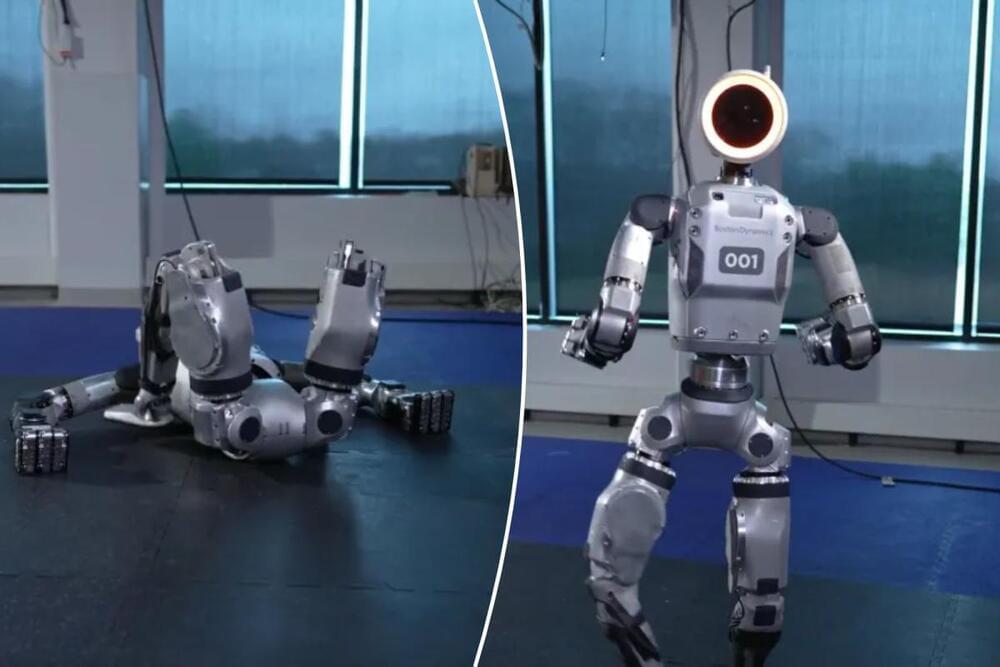
“This is the first look at a real product,” the company said. “But it certainly isn’t the last.”
“In the months and years ahead, we’re excited to show what the world’s most dynamic humanoid robot can really do – in the lab, in the factory, and in our lives,” the company also said.
Boston Dynamics partnered with the NYPD last year to roll out several crime-fighting robots to patrol Times Square and subway stations.
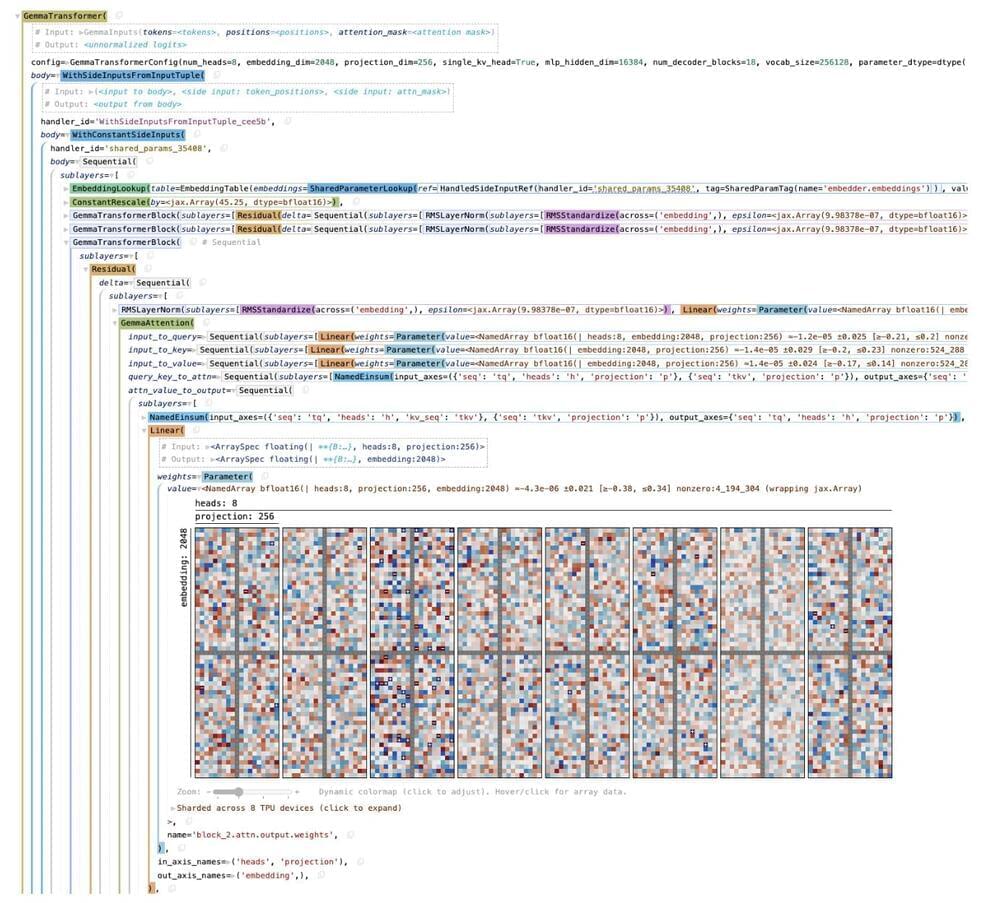
Google DeepMind has recently introduced Penzai, a new JAX library that has the potential to transform the way researchers construct, visualize, and alter neural networks. This innovative tool is designed to smoothly integrate with Google Colab and the JAX ecosystem, which is a major step forward in the accessibility and manipulability of AI models.
Penzai is a new approach to neural network development that emphasizes transparency and functionality. It allows users to view and edit models as legible pytree data structures, making it easier than ever to delve into the inner workings of a model. This feature is especially useful after a model has been trained, as it provides insights into how the model operates and allows for modifications that can help achieve desired outcomes.
Penzai aims to make AI research more accessible to researchers by simplifying the process of modifying pre-trained neural networks. This would enable a wider range of researchers to experiment and innovate on existing AI technologies, which is crucial for advancing the field and discovering new AI applications. Penzai’s user-friendly interface breaks down the barriers to AI research and makes it easier for everyone to benefit from the technology.

Venki Ramakrishnan’s is the real-deal ‘pivot story’ — ‘pivoting’ being quite the fancy thing to do today. Born in Chidambaram in Tamil Nadu in 1952, Venki wanted to be a physicist, and by the time he decided to do something about his passion for Biology, he was already a PhD in Physics from Ohio University, USA. He then ‘pivoted’ and studied Biology at the University of California, San Diego, before he began his post-doctoral work at Yale University.
He went on to win the Nobel Prize in Chemistry in 2009 for his work on cellular particles called ribosomes. His first book, Gene Machine, captures this journey with the kind of honesty and self-deprecation one does not expect from an award-winning scientist.
With similar candour, in his second book, he examines recent scientific breakthroughs in longevity and ageing and raises uncomfortable questions about the ethical aspects of the research as well as the biological purpose of death.
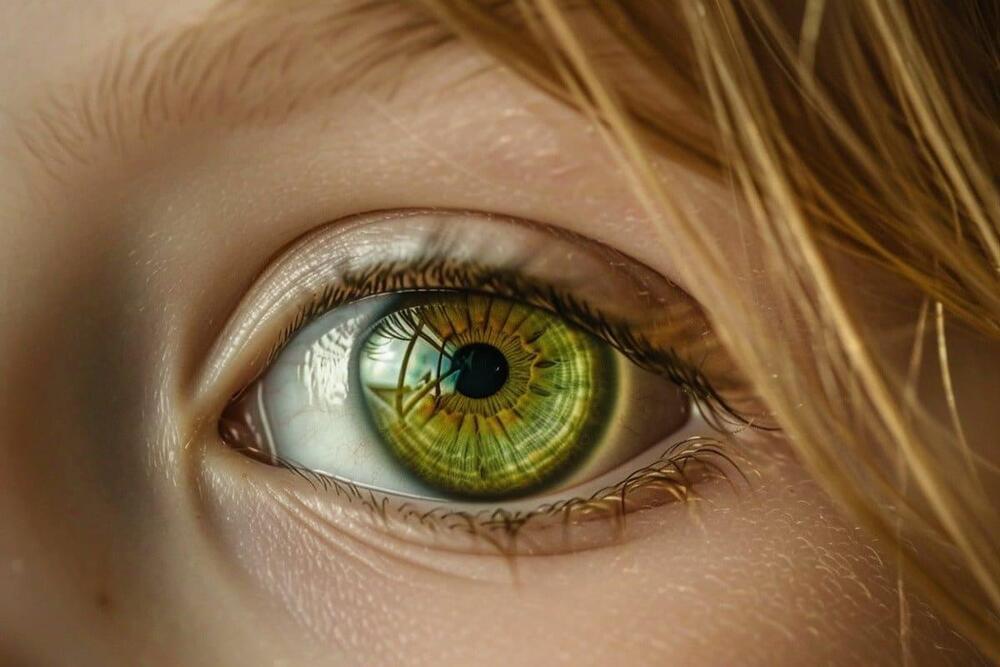
Summary: Researchers discovered that pupil dilation can indicate levels of working memory. In a study, researchers observed that individuals whose pupils dilated more while performing memory tasks tended to have better working memory.
This relationship between pupil dilation and memory performance suggests that pupil metrics could potentially serve as non-invasive indicators of cognitive load and memory capacity. The study involved 179 undergraduate students who performed various working memory tasks while their pupil responses were monitored.

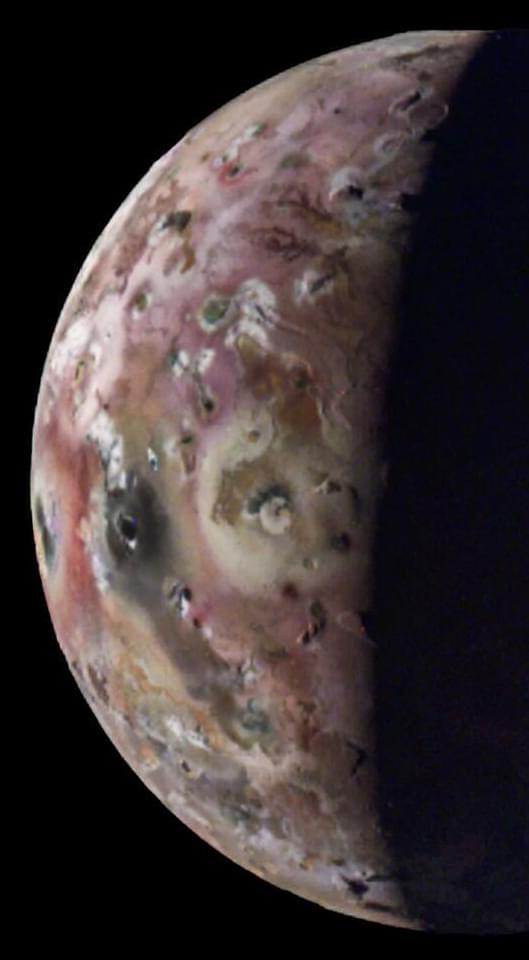
“Io is simply littered with volcanoes, and we caught a few of them in action,” said Dr. Scott Bolton, who is the principal investigator of Juno. “We also got some great close-ups and other data on a 200-kilometer-long (127-mile-long) lava lake called Loki Patera. There is amazing detail showing these crazy islands embedded in the middle of a potentially magma lake rimmed with hot lava. The specular reflection our instruments recorded of the lake suggests parts of Io’s surface are as smooth as glass, reminiscent of volcanically created obsidian glass on Earth.”
Loki Patera was first imaged by NASA’s Voyager 1 in 1979, revealing a very active surface and the most active of the four Galilean moons. The reason for Io’s immense volcanic activity is due to tidal heating, which occurs from Io’s somewhat elliptical orbit around the much larger Jupiter, which causes Io to orbit closer and farther away to Jupiter throughout its small orbit. This results in Jupiter’s massive gravity stretching and expanding the small moon, leading to friction within Io’s core, and eventually to heat. Since this process is ongoing, this means Io has been volcanically active for eons and could be volcanically active eons from now, as well.
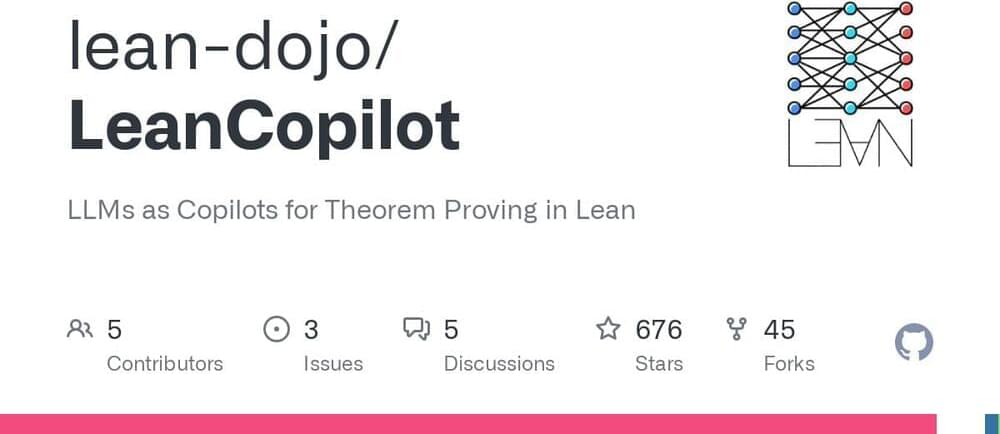
From UC santa barbara & caltech towards large language models as copilots for theorem proving in lean.
From UC santa barbara & caltech.
Towards large language models as copilots for theorem proving in lean.
P Song, K Yang, A Anandkumar [UC Santa Barbara & California Institute of Technology] (2024) https://arxiv.org/abs/2404.
- The goal of this work is to…
LLMs as Copilots for Theorem Proving in Lean. Contribute to lean-dojo/LeanCopilot development by creating an account on GitHub.

Mathematicians have the tools to explore worlds of 2, 3 and 5+ dimensions. But the fourth dimension remains mysterious and elusive. Topologists are trying to change that, one problem at a time.
Topologists prove two new results that bring some order to the confoundingly difficult study of four-dimensional shapes.
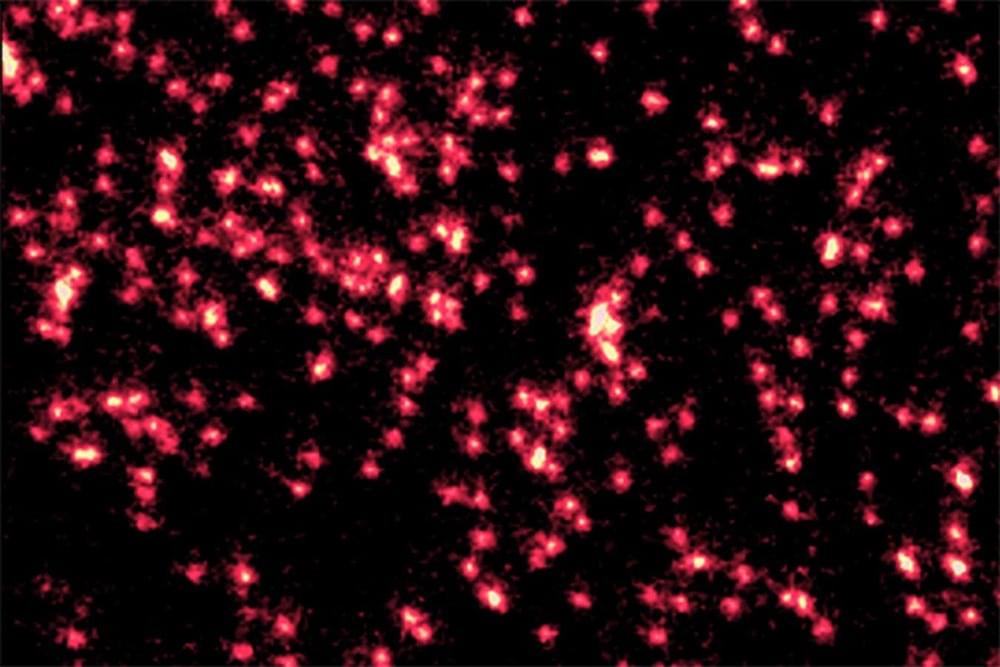
In the 1920s, Erwin Schrödinger wrote an equation that predicts how particles-turned-waves should behave. Now, researchers are perfectly recreating those predictions in the lab.